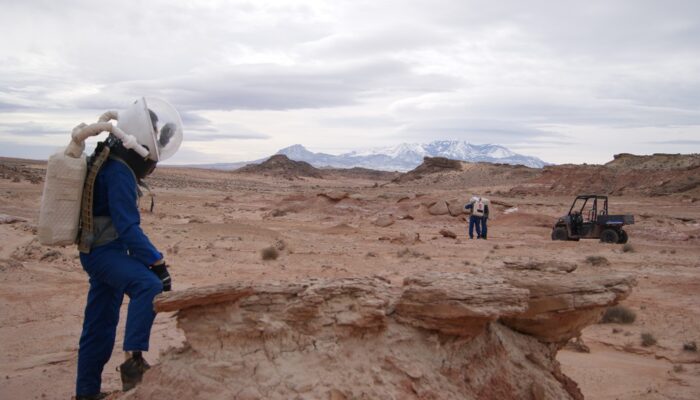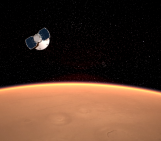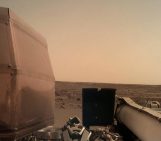
Establishing a human presence on Mars is increasingly seen by space agencies and private organizations as the horizon frontier in human space exploration. These long-duration missions however, impose a high degree of technological, operational, physical and psychological challenges. Mars analog habitats, such as the Mars Desert Research Station (MDRS) in Utah (U.S.) are established to conduct field experiments, test new hardware, new operational concepts and study the social and crew teamwork dynamics in support to these future manned missions to the Red Planet.
The International Emerging Space Leaders (IESLs) Crew (or MDRS Crew 205) is composed by eight outstanding international space young professionals and students, who together, will undertake a Mars analog mission from February 9th to 24th at MDRS. The IESL’s Crew is an interdisciplinary and multicultural team including members from Kuwait, Spain, Germany, the U.K. and the U.S. During the two-week rotation, the crew will simulate a mission to the Red Planet.
The team will conduct multiple research projects relevant to space exploration in areas such as in-situ resources utilization, human behavior, leadership and teamwork, astronomy, geology, EVA optimization, and science outreach. In addition to these research projects, the crew will also be in charge of the maintenance of MDRS facilities and daily operations of the station. This mission will also ultimately contribute to a better understanding of the requirements, benefits and challenges of international teams in future manned missions.
Description by Maria Grulich, as it first appeared on imaggeo.egu.eu.
Imaggeo is the EGU’s online open access geosciences image repository. All geoscientists (and others) can submit their photographs and videos to this repository and, since it is open access, these images can be used for free by scientists for their presentations or publications, by educators and the general public, and some images can even be used freely for commercial purposes. Photographers also retain full rights of use, as Imaggeo images are licensed and distributed by the EGU under a Creative Commons licence. Submit your photos at http://imaggeo.egu.eu/upload/.


